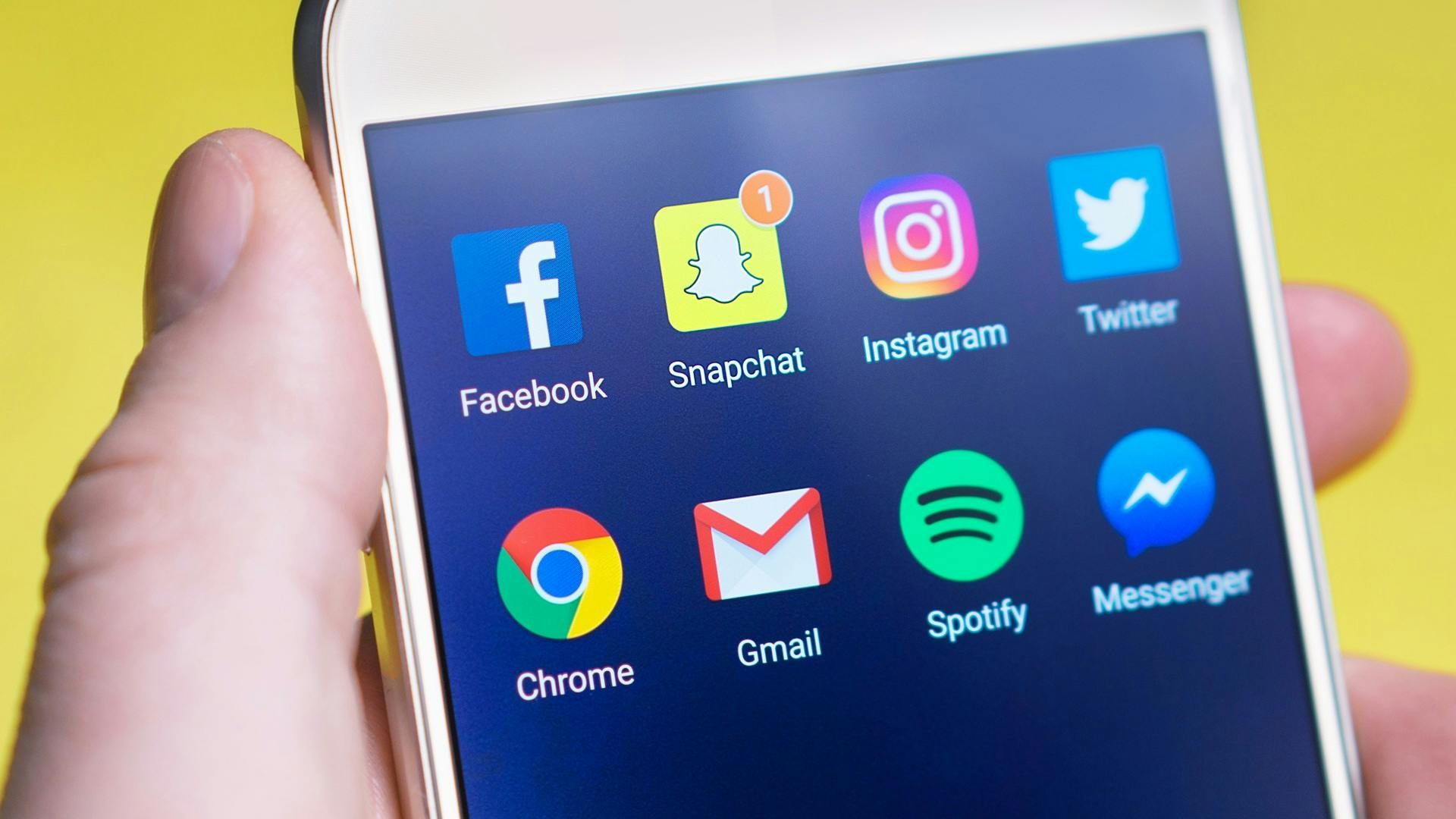Navigating Mental Health Misinformation in a Viral World

Lately, I’ve noticed a steady uptick in questions from clients, parents, and even curious teens in my practice—each beginning with a phrase I now recognize all too well:
"I saw this on TikTok…"
These inquiries often center around ADHD and autism, with people wisely seeking to confirm whether what they’ve seen aligns with clinical reality. Their instinct to get a professional opinion is spot on. What concerns me, however, is the increasing gap between what is trending on social media and what is grounded in evidence-based mental health practice.
In recent years, TikTok has emerged as a prominent platform for conversations about mental health, especially attention-deficit/hyperactivity disorder (ADHD) and autism spectrum disorder (ASD). While the increased visibility has helped reduce stigma and promote self-advocacy, it has also made room for a significant amount of misinformation.
Prevalence of Misinformation on TikTok
Studies have shown that a large portion of ADHD-related content on TikTok contains inaccuracies. A 2022 study by researchers at the University of British Columbia analyzed the top 100 most-viewed ADHD TikToks. Fewer than half of the videos provided clinically accurate information. Many shared experiences such as forgetfulness or emotional overwhelm and labeled them as definitive signs of ADHD—without clarifying that these symptoms can occur in many mental health conditions.
Another study published in PLOS One found that over 50% of popular ADHD TikToks featured misleading or incorrect information. Notably, 81% of the creators were non-clinicians, and none were credentialed psychologists or medical doctors. Yet, these videos were often presented with authority and racked up millions of views.
Impact on Self-Diagnosis and Public Perception
This explosion of “relatable” but clinically vague content has contributed to a wave of self-diagnosis—sometimes helpful in prompting professional evaluation, but other times misleading or even harmful. People may misattribute symptoms of anxiety, depression, trauma, or stress to ADHD or autism, delaying accurate diagnosis and appropriate care.
Many of the videos also romanticize or oversimplify these conditions, portraying ADHD as “quirky chaos” or autism as “super-sensitive intuition.” While there’s value in highlighting strengths, these portrayals can gloss over the nuanced and often difficult realities of living with neurodevelopmental disorders.
Limitations of the Research
Though these studies highlight real concerns, it’s worth noting their limitations:
- Most focus on ADHD, with less research available on autism-related content.
- Social media trends shift rapidly, which can make study findings outdated quickly.
- Many analyses are cross-sectional—snapshots of what’s popular at one moment in time—rather than capturing how content evolves or how viewers’ perceptions change over time.
Still, the consistency in findings across studies is enough to warrant caution.
How to Navigate Mental Health Content on TikTok Wisely
Here are a few tips I regularly offer to clients who find themselves deep in the mental health TikTok rabbit hole:
🔹 Check the creator’s credentials. A licensed professional will generally include their title (e.g., LCSW, PsyD, MD) and cite reputable sources.
🔹 Be wary of overgeneralizations. No diagnosis fits into a 30-second soundbite.
🔹 Avoid self-diagnosing based solely on TikTok. Use your observations as a springboard to talk with a mental health professional.
🔹 Know that symptoms overlap. What looks like ADHD might also be anxiety, trauma, or something else entirely.
Final Thoughts
TikTok can be a gateway to increased awareness and connection—but it shouldn’t replace a qualified psychologist, therapist or physician. If you’ve seen something on social media that resonates deeply, bring it into the therapy room. The goal is not to dismiss what you’ve found, but to explore it together with care, context, and clarity.
📚 Further Reading and References:
- UBC Study on ADHD Misinformation on TikTok
- PLOS One: Analysis of ADHD TikTok Content
- Additude Magazine Summary of TikTok ADHD Study
- Scientific American: How to Spot ADHD Misinformation
Center for Psychological Health & Wellness
122 West Lancaster Avenue, Shillington, Pennsylvania 19607, United States
Phone 484-509-0499 Fax 484-324-6685
Please click this link to view the Center for Psychological Health and Wellness Privacy Policy for TCR Registration for SMS.
Copyright © 2024 Center for Psychological Health & Wellness - All Rights Reserved.

